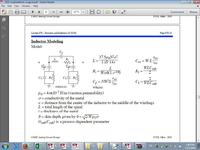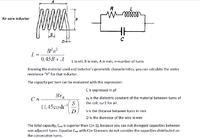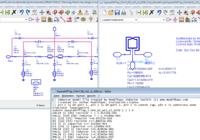Elecemperor
Junior Member level 2

I am trying to provide an algorithm to design a distributed amplifier at 40GHz based on mere calculation for which I need to model the elements of my artificial transmission line as precisely as possible. I've found simple models to calculate the parasitic resistance and inductance of a capacitor, but I can't find the same formula for an inductor. I know how to measure the amount using Cadence, however, I'm looking for a mathematical expression consistent with my measurements.
Any help and insights would be greatly appreciated.
Any help and insights would be greatly appreciated.





